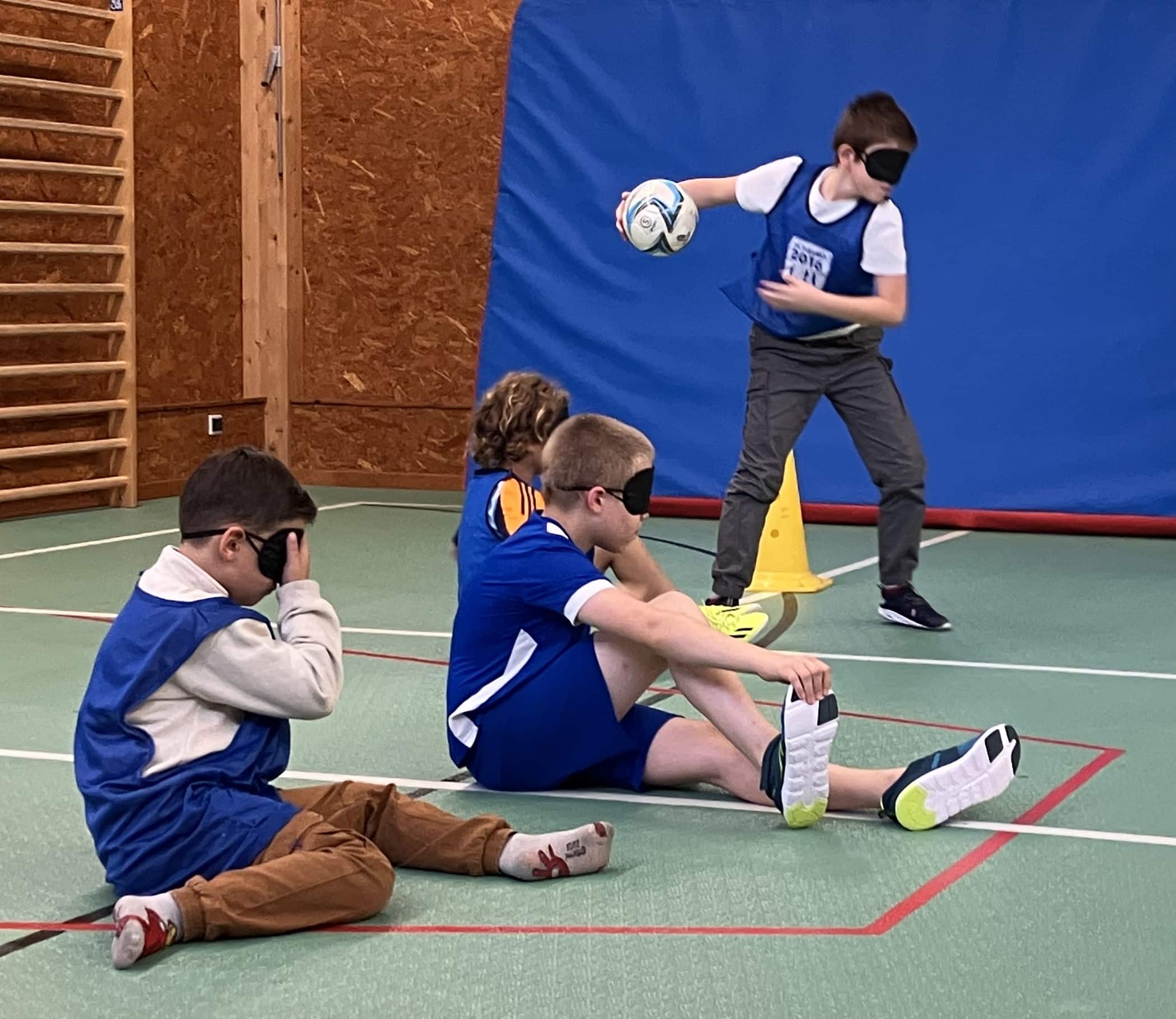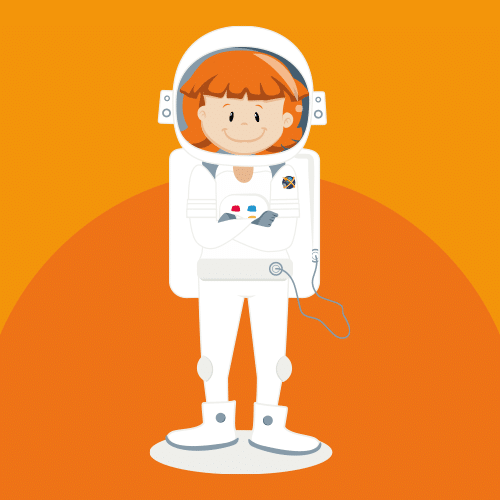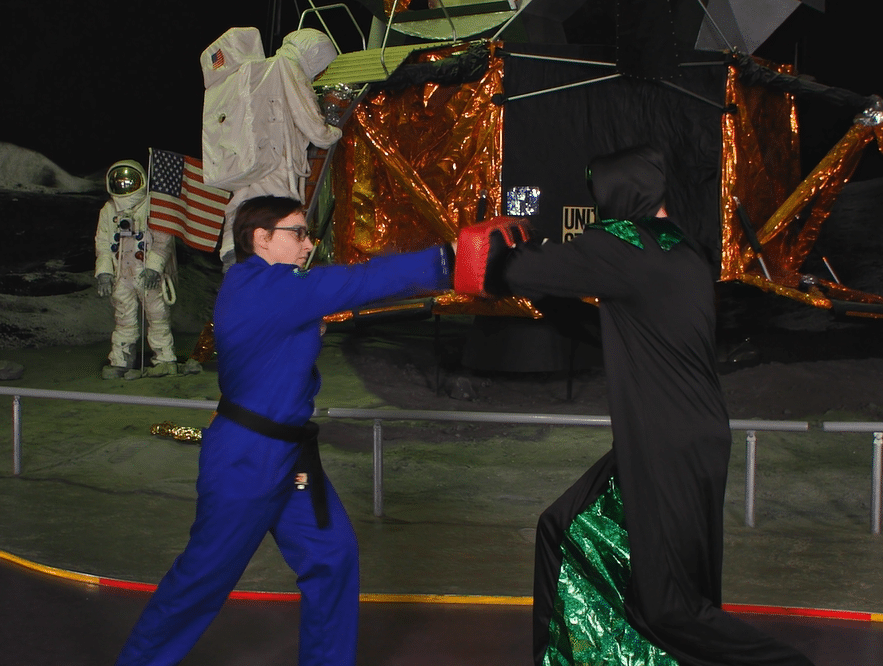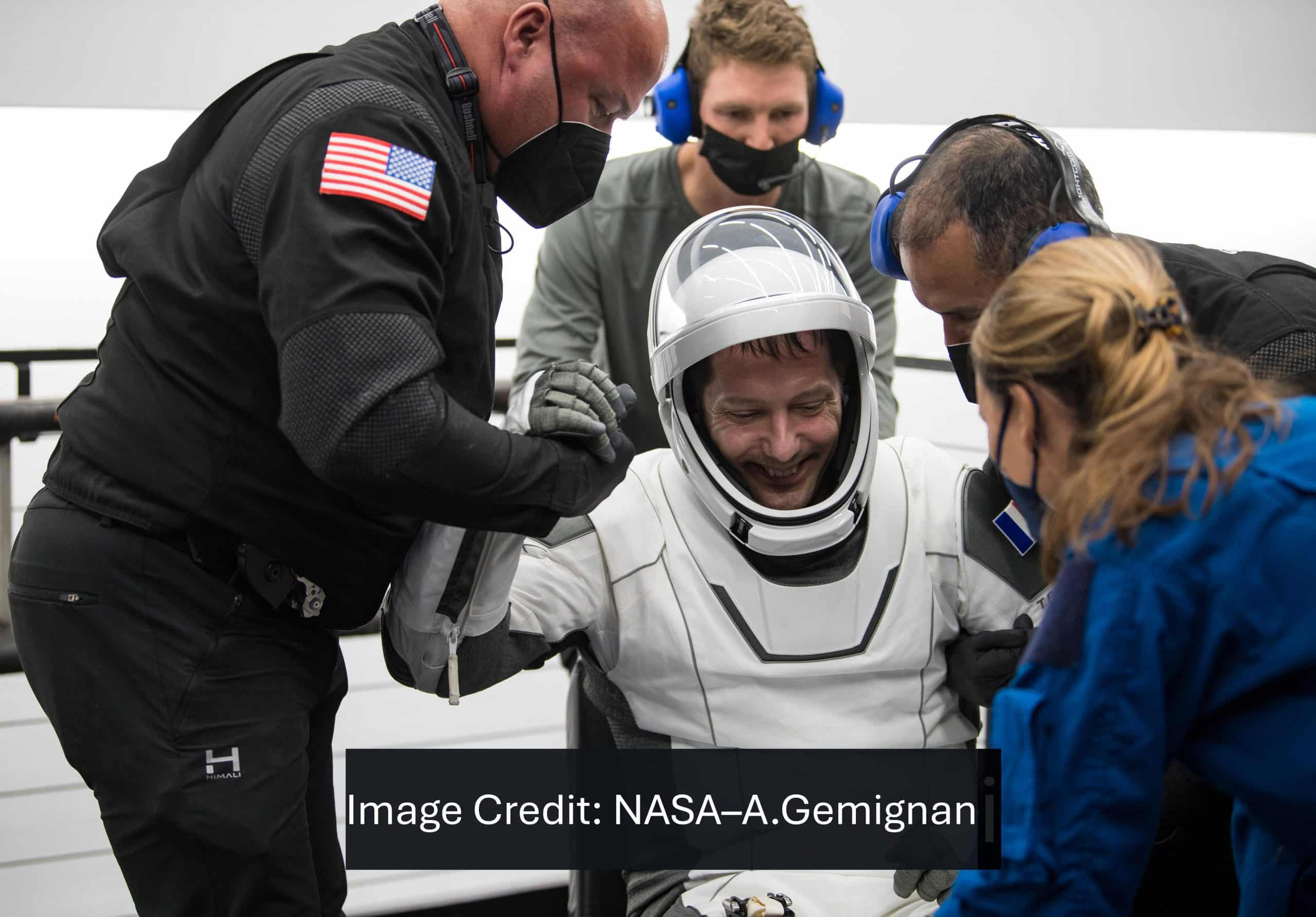Space Debris
Your mission: Just like astronauts who sometimes have to avoid space debris, you will become aware of human-caused pollution in space and develop a solution for this growing problem.
This resource was created by Space Expo, Netherlands 2025

Space debris consists of any human-made objects in Earth’s orbit that are no longer operational. This often includes defunct satellites or discarded rocket stages, but sometimes even small fragments of metal or paint. Satellites are rarely retrieved when they stop working, and some even become uncontrollable from Earth, increasing the risk of collisions. These collisions, in turn, generate even more space debris, potentially leading to a chain reaction of crashes in orbit. To prevent this, fewer objects should be launched in the first place, but space activities must also become more sustainable by reusing components wherever possible. Additionally, space debris needs to be actively removed. In the meantime, the International Space Station (ISS) sometimes has to adjust its altitude to avoid debris, and astronauts must be ready to take shelter in their return capsule if necessary.
Awareness, Sustainability, Collaboration
Understand how humans have polluted, and continue to pollute, space – particularly the area around Earth.
Become aware of the extent of this pollution.
Explore solutions for the increasing number of satellites around Earth, focusing on sustainable ways to remove defunct satellites.
- PowerPoint presentation
- Paper
- Drawing and Crafting Materials
Explore more Mission X activities!
Your Mission: Perform throwing and catching techniques on one foot to improve balance and spatial awareness. On Earth, we use …
Your Mission: Carry weighted objects from the Exploration Area back to your Base Station to improve aerobic and anaerobic fitness. …
Your Mission: Train with a cycle to improve leg muscles, cardio-vascular fitness and endurance. One exercise device that is regularly …
Your mission: Sharpen your senses to score the most goals and develop your reflexes. This resource was created by CNES, …
You have just had a great day of exploring the Moon, but it’s time to head back to the base …
Your mission: Perform a course immersed in water using only your arms to prepare for your future extravehicular activity! This …
Your Mission: Assemble a puzzle quickly and correctly to understand the importance of dexterity and hand-eye coordination. When working with …
Join ESA astronaut, Samantha Cristoforetti and Jaime from Cosmic Kids on a brand new adventure… Yoga in Space! Follow along …
Your mission: Learn the basics of martial arts (karate) to defend yourself against simple attacks and, in case of emergency, …
Your mission: Complete an obstacle course in a wheelchair to develop your coordination and endurance. This resource was created by …










